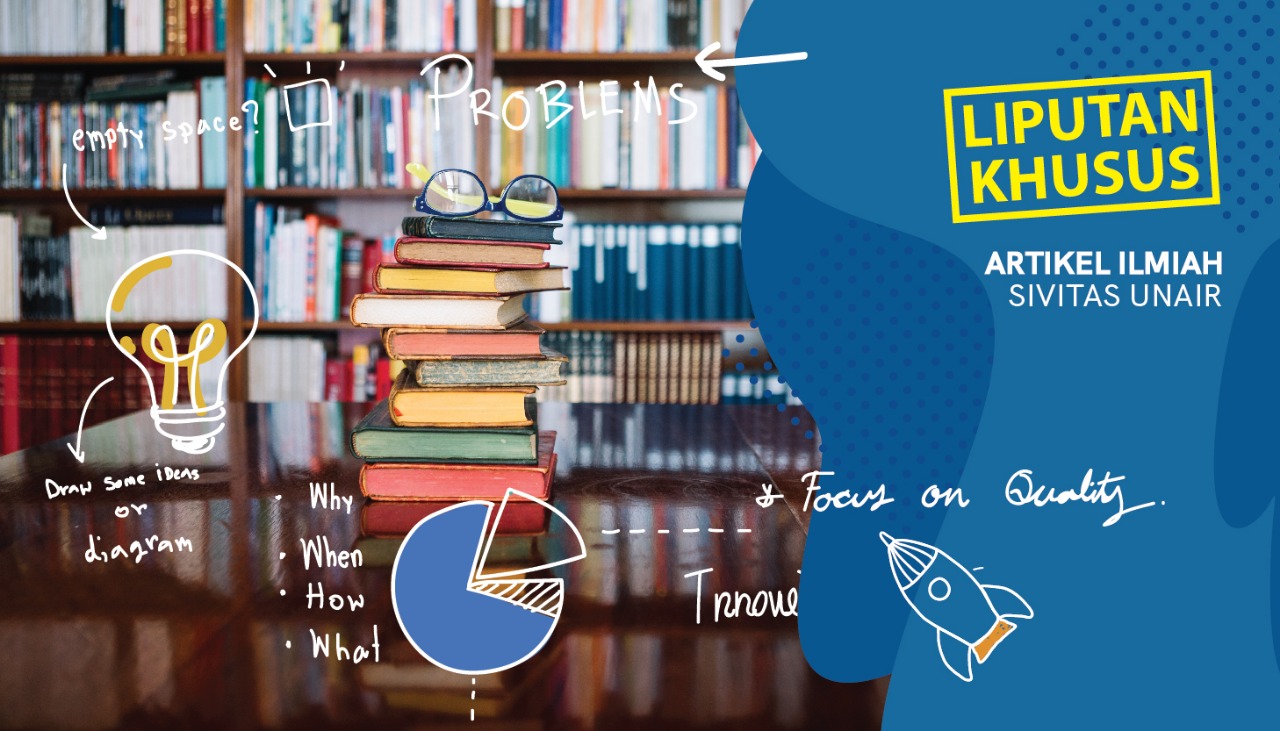UNAIR NEWS – Most of the children who come to visit the library want to read books in the library. Libraries generally provide services to children and occupy a particular space and designed in such a way that suits the needs of children.
The use of libraries is different in each country, and this topic motivated Nove E. Variant Anna, S. Sos, MIMS., and her colleague Dessy Harisanty, S. Sos., MA., conducted in-depth research related to this topic.
“Our research uses a descriptive approach by distributing questionnaires to respondents at Taichung NLPI public library and Surabaya Bapersip. The number of samples taken was 200 children aged 7-12 years. The survey was conducted from October – November 2019, “explained Faculty Vocational Studies lecturer.
The lecturer who is familiarly called Nove explained the differences in children in Indonesia and Taiwan. There are various intentions, starting from doing an assignment, enjoying a comfortable room atmosphere, and a place for reading books.
The results indicate children’s interest or motivation to come to the library is different. If in Indonesia, children are more likely to use the library to do school work, study with friends, a comfortable room, and to give a nod on the teachers’ recommendations.
“The search for library collections by Indonesian and Taiwanese children is also diverse. Taiwanese and Indonesian children prefer to look for collections on bookshelves, with a percentage of 67% and 50%. Besides, both children in Taiwan and Indonesia use OPAC with a percentage of 11% and 2%, because it makes it easy for them to see the entire collection in the children’s services. Besides that, OPAC in NLPI is designed very attractive by using images and full colours, “he added.
The results are the difference in the introduction of children who come to public libraries in Indonesia and Taiwan. In Indonesia, most children come with friends (35%), then mothers, brothers, and families. In Taiwan, most children come with mothers (49%), fathers, and families (fathers, mothers, and siblings.)
“The results of our research are expected to provide information on the factors that influence children when using public libraries both in Indonesia and in Taiwan. These factors include psychological variables, demographic variables, role-related variables, environmental variables, and source characteristic variables,” he hoped.
Author: Dian Putri Apriliani
Editor: Nuri Hermawan
Link related to the article: https://digitalcommons.unl.edu/libphilprac/2687/





